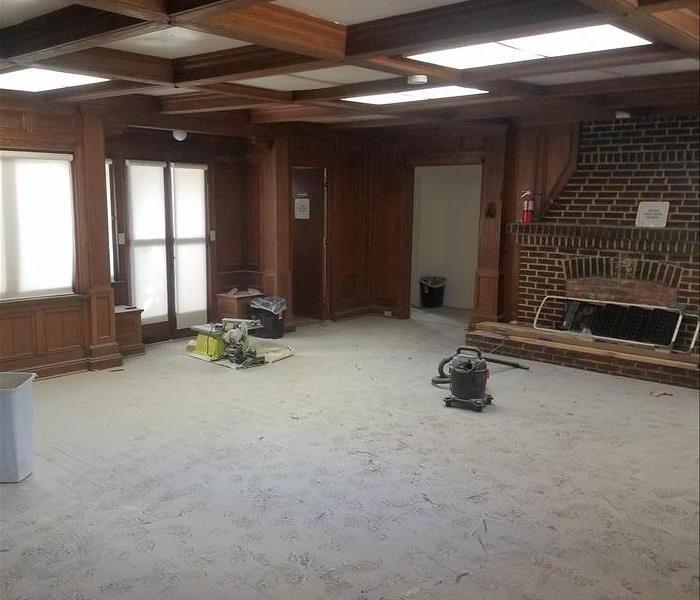Vandalism in Pasadena Home
A dry chemical fire extinguisher with non-toxic sodium bicarbonate or potassium bicarbonate leaves behind a powdery residue. This residue can be removed safely using a vacuum. To keep from inhaling the powdery residue while vacuuming, wear a dust mask. Also wear goggles and protective gloves to protect against a potential allergic reaction. It may take several passes with the vacuum to remove the fire extinguisher residue completely. If you're cleaning any area used as a food prep or cooking space, it's essential to clean and sanitize the space thoroughly after removing the fire extinguisher residue. A multi-purpose dry chemical fire extinguisher containing mono ammonium phosphate requires a different method of cleaning. Do not vacuum residue left by mono ammonium phosphate. This dousing agent residue must be cleaned by hand – and time is of the essence. If mono ammonium phosphate remains on sensitive electronics and other equipment it can cause further damage. Wipe the residue away with a clean cloth. On surfaces that can be wet-washed, clean with a 1:1 solution of warm water and baking soda. Thoroughly dry and sanitize the area as needed. Wet chemical fire extinguishers used to douse deep fryer fires won't leave behind any powdery residue. To clean up after using this type of fire extinguisher, first check that all fuel sources to the affected kitchen equipment are turned off and that the surfaces are cool enough to touch. Wear safety gear including goggles and rubber gloves to prevent any contact with cleaning agents or chemical residue. Clean the affected area with hot, soapy water and rinse thoroughly. Dry, then follow your regular cleaning and sanitizing protocols.



 24/7 Emergency Service
24/7 Emergency Service

